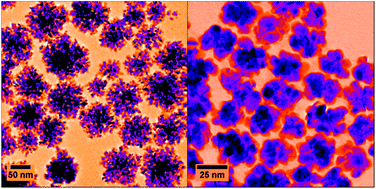Pd–sodium carboxymethyl cellulose nanocomposites display a morphology dependent response to hydrogen gas†
Abstract
Hydrogen

* Corresponding authors
a
Centre for Strategic Nano-Fabrication, School of Biomedical, Biomolecular and Chemical Sciences, The University of Western Australia, Crawley, WA, Australia
E-mail:
swaminatha.iyer@uwa.edu.au
Fax: +61 8 6488 1005
Tel: +61 8 6488 4470
Hydrogen

 Please wait while we load your content...
Something went wrong. Try again?
Please wait while we load your content...
Something went wrong. Try again?
J. Zou, K. S. Iyer and C. L. Raston, Green Chem., 2012, 14, 906 DOI: 10.1039/C2GC16456F
To request permission to reproduce material from this article, please go to the Copyright Clearance Center request page.
If you are an author contributing to an RSC publication, you do not need to request permission provided correct acknowledgement is given.
If you are the author of this article, you do not need to request permission to reproduce figures and diagrams provided correct acknowledgement is given. If you want to reproduce the whole article in a third-party publication (excluding your thesis/dissertation for which permission is not required) please go to the Copyright Clearance Center request page.
Read more about how to correctly acknowledge RSC content.
 Fetching data from CrossRef.
Fetching data from CrossRef.
This may take some time to load.
Loading related content
